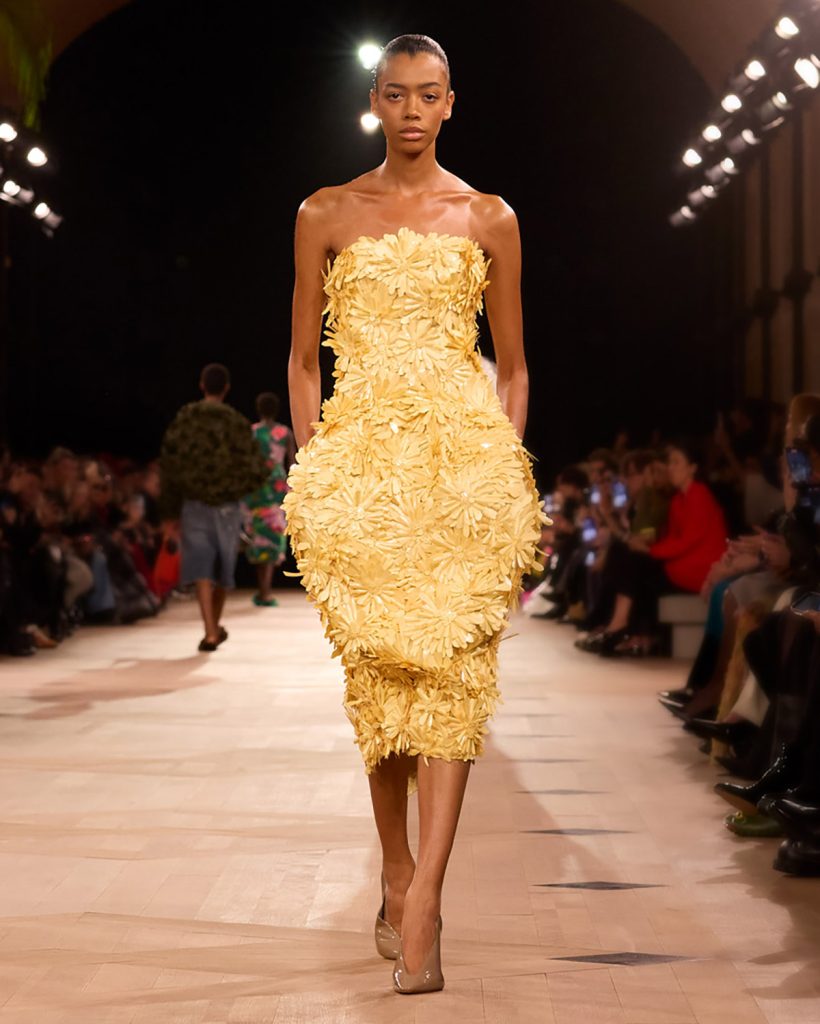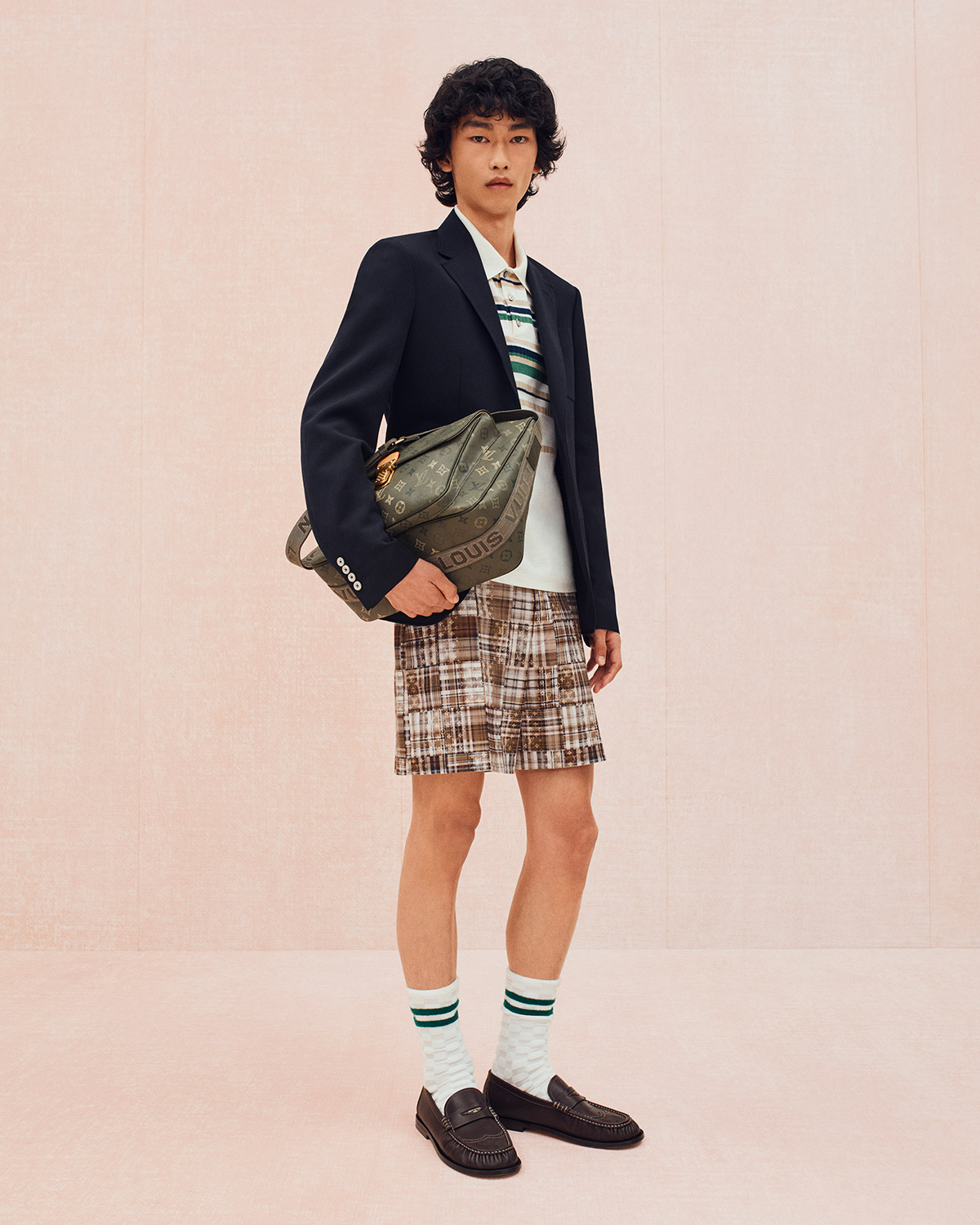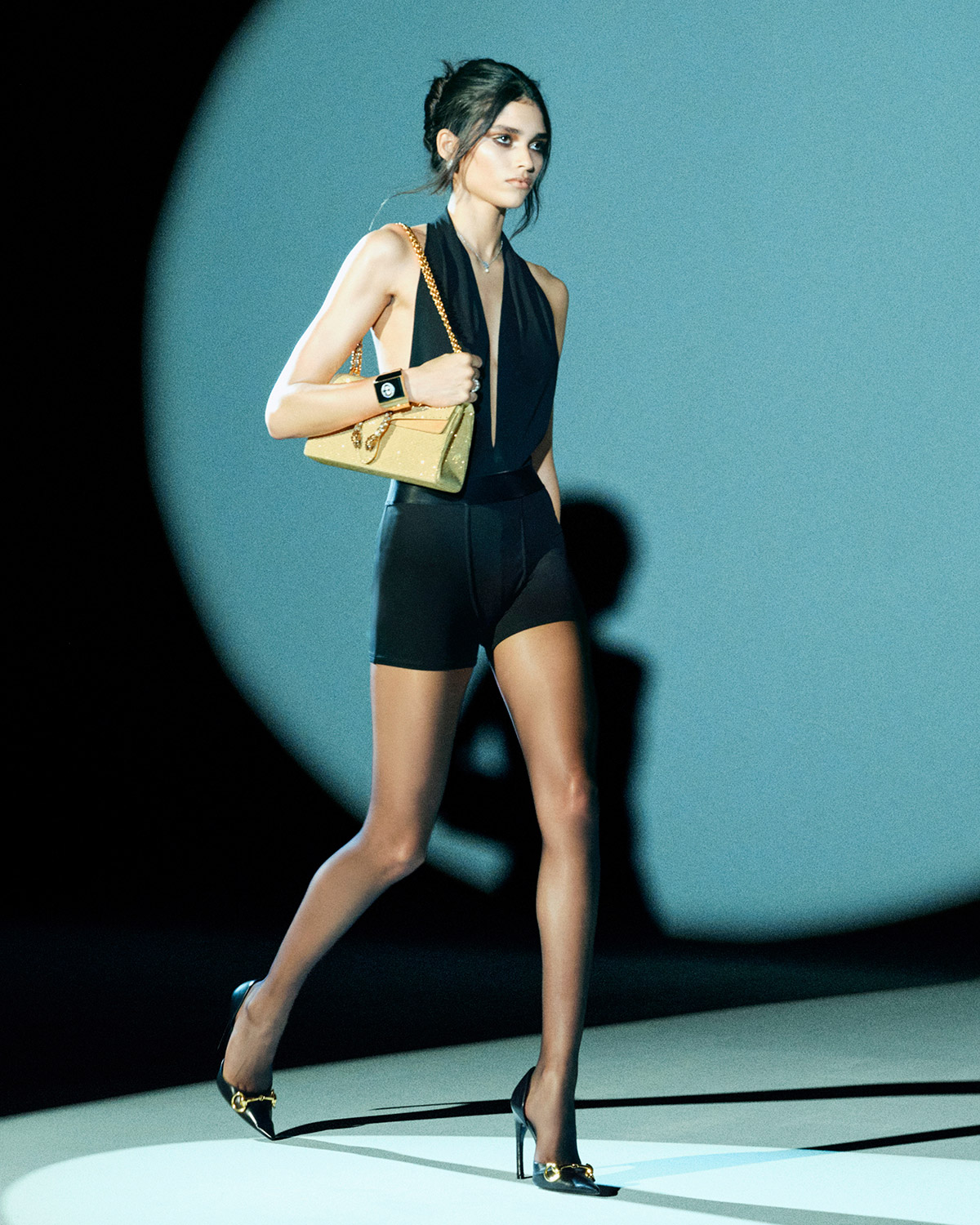After a decade of viral theatricality, Balenciaga gets a reset.
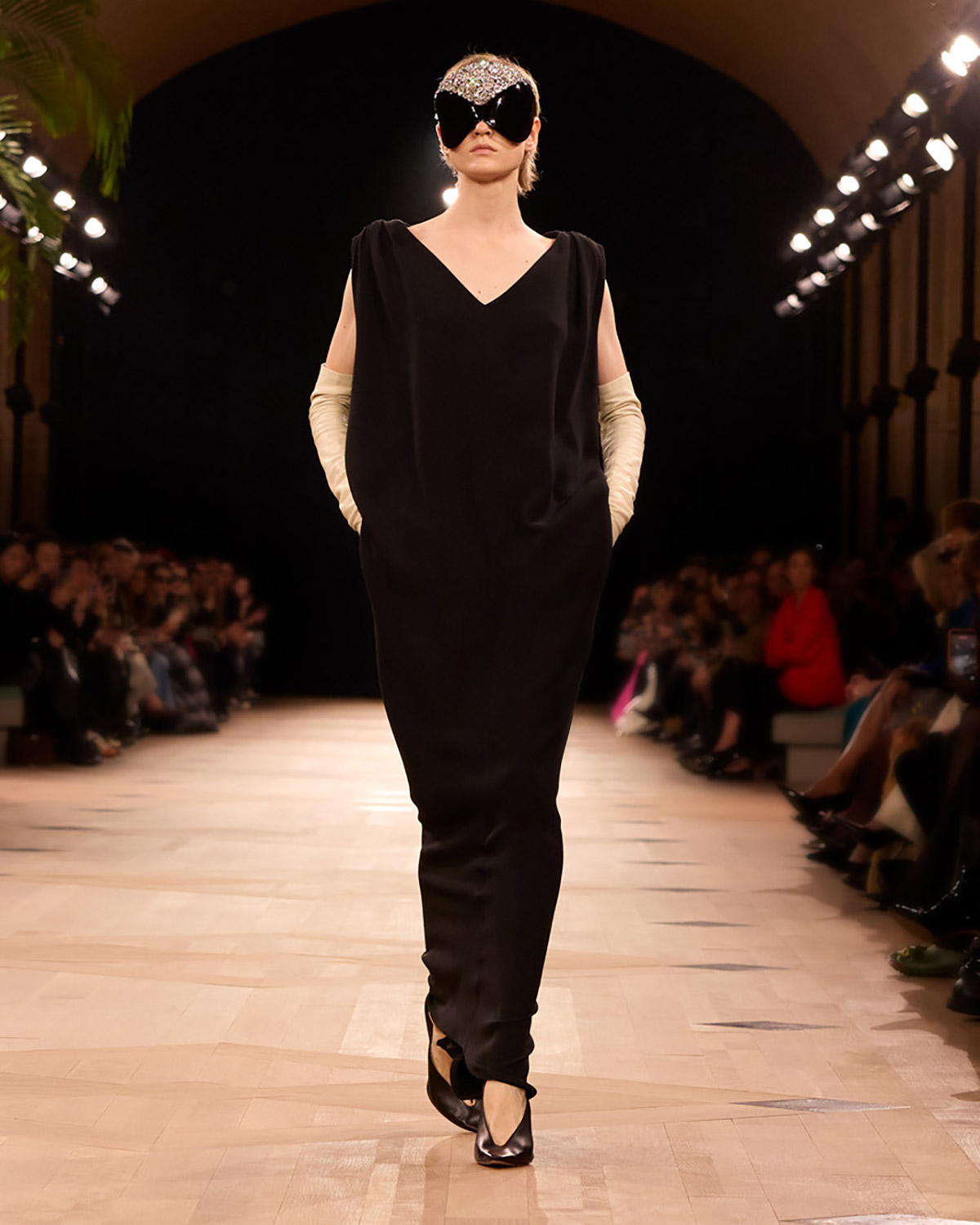
Summary
- Pierpaolo Piccioli’s Balenciaga debut is a recalibration of the house, prioritizing the methodology of construction and the human element of design over mere provocation.
- The collection applies Cristobal Balenciaga’s architectural principles to a contemporary wardrobe, focusing intently on the “air between” the fabric.
- A key innovation is “Neo Gazar,” a modernization of the 1958 original that utilizes a silk and wool blend to achieve sculptural volume with newfound softness and tailoring fluidity.
In a resurrected Parisian salon, scented with Getariam, Cristobal Balenciaga’s birthplace, Pierpaolo Piccioli presented his vision for the Maison, effectively staging the most elegant intervention in recent fashion history. The Spring 2026 collection, titled “The Heartbeat,” signaled a shift from irony to sincerity. In a personal note Piccioli offered the central metaphor: “The heartbeat is the rhythm we share—the pulse that reminds us we are human.” After a decade where Balenciaga specialized in high-fashion trolling and viral theatricality, this return to the source felt less like a debut and more like a grand exorcism of hype.
The collection’s thesis was encapsulated in the very first look: a stark, ankle-skimming reinterpretation of Cristóbal’s revolutionary 1957 Sack Dress. It was styled with classic opera gloves but accessorized with large, futuristic bug-eye sunglasses. In this single, powerful statement, Piccioli established his parameters: respect for the founder’s legacy, a poetic sensibility, and a conciliatory nod to the immediate past. It was a look that simultaneously honored the ghost of Cristobal while acknowledging the hypebeasts lurking just outside the salon.
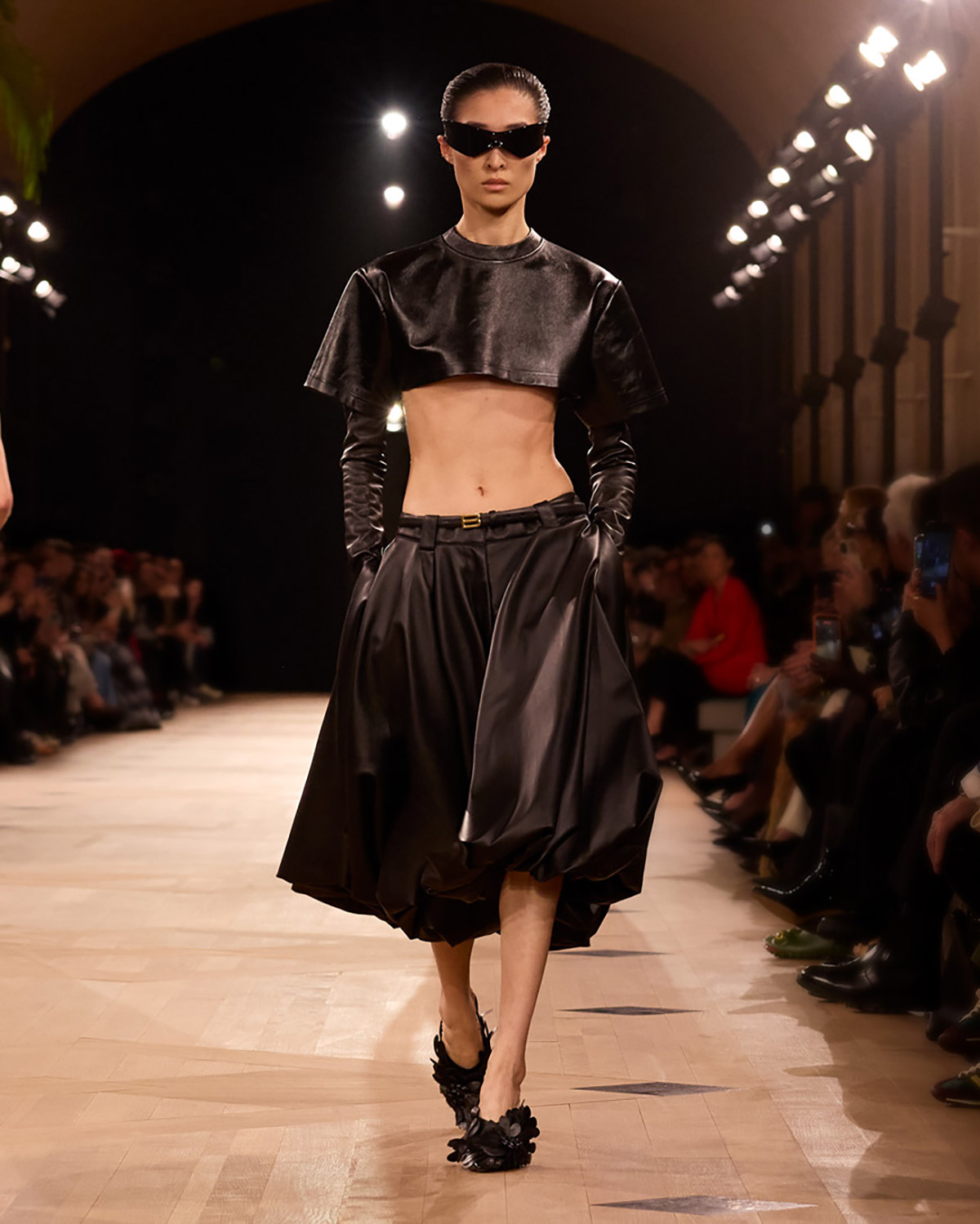
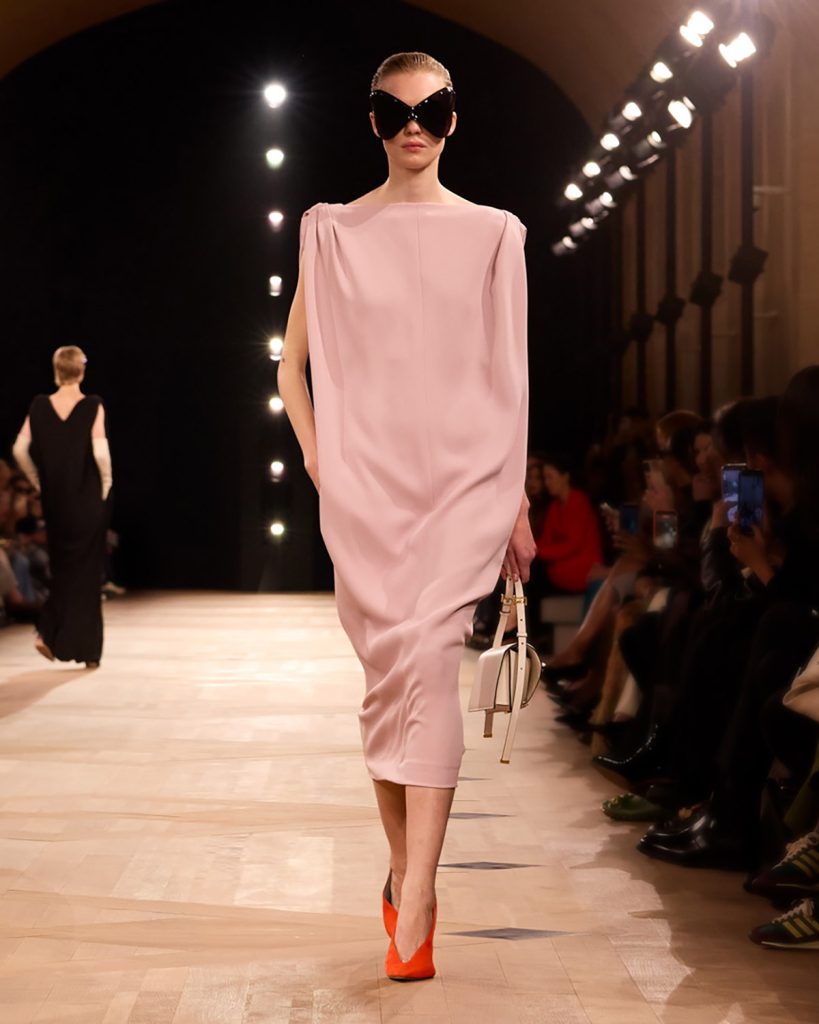
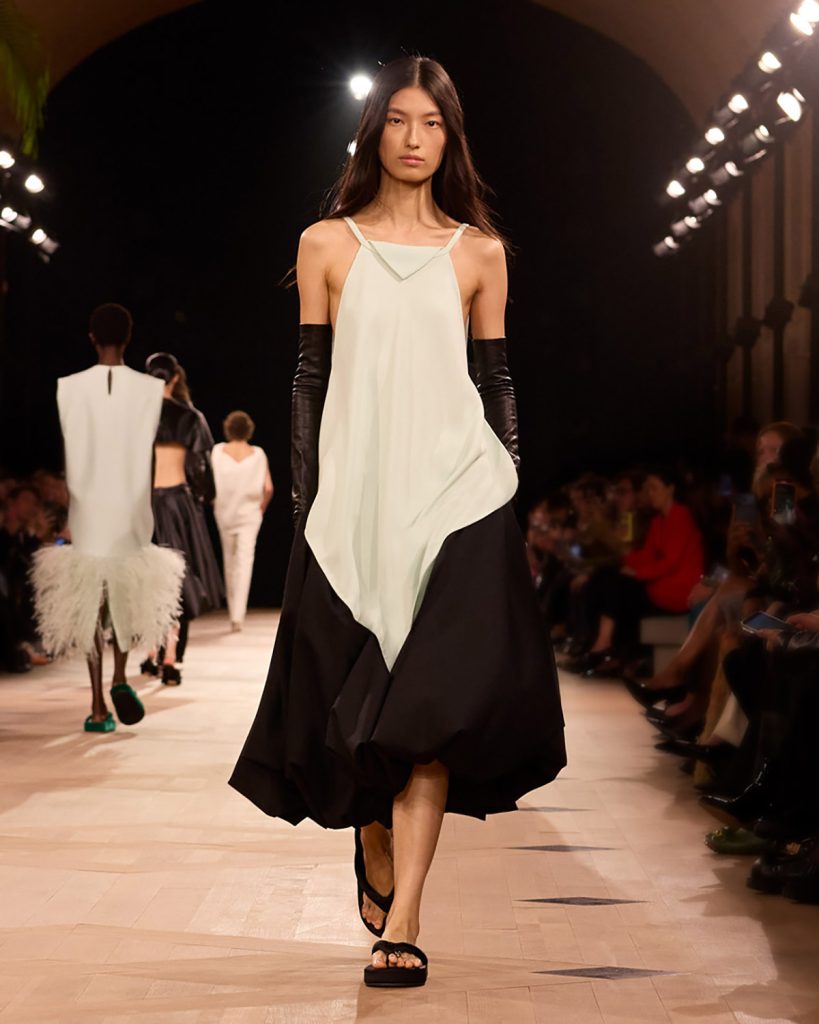
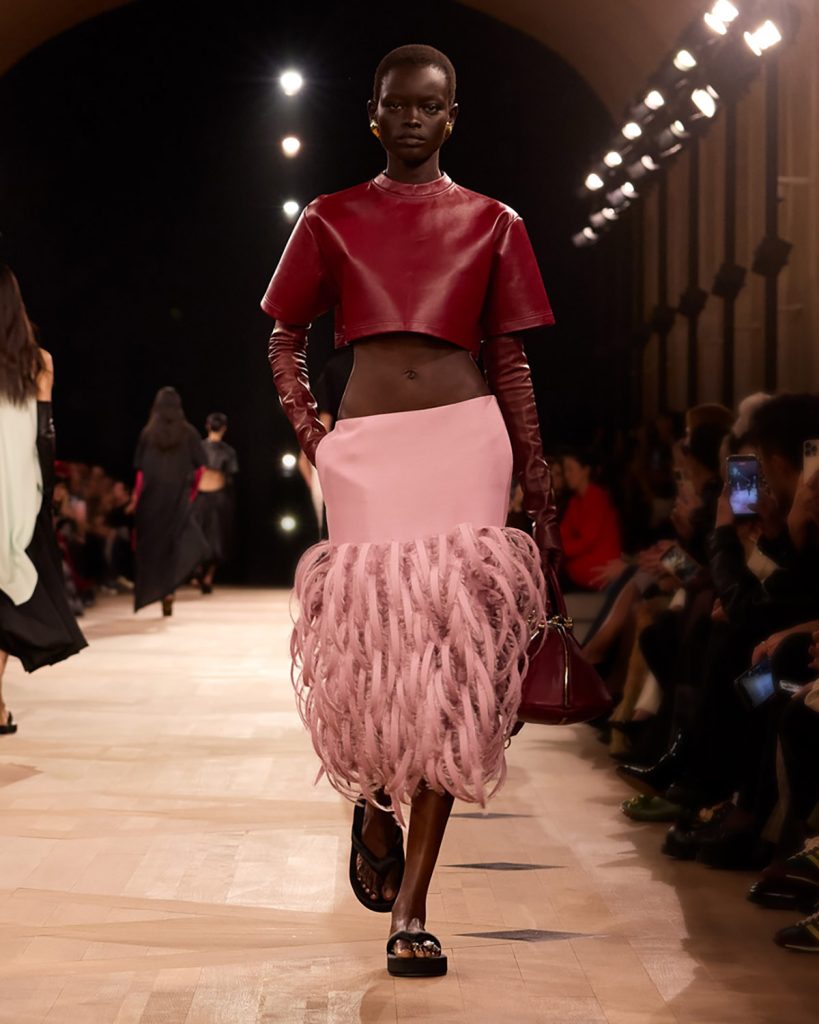
The collection asserts that the meaning of Balenciaga is its methodology. Piccioli engages with the founder not through echoing past shapes, but through a shared obsession with the process of human invention. This humanist approach is foundational to Piccioli, who has famously remained rooted in his coastal hometown of Nettuno. His earliest inspirations were not drawn from archives, but from the sublime drama of High Renaissance art in local Roman churches. The unfiltered power of Caravaggio instilled in him an appreciation for “grace”—an inner radiance that transcends superficial beauty. This perspective allows him to approach Balenciaga with a focus on the human reality of the body over the insider irony that recently dominated the house.
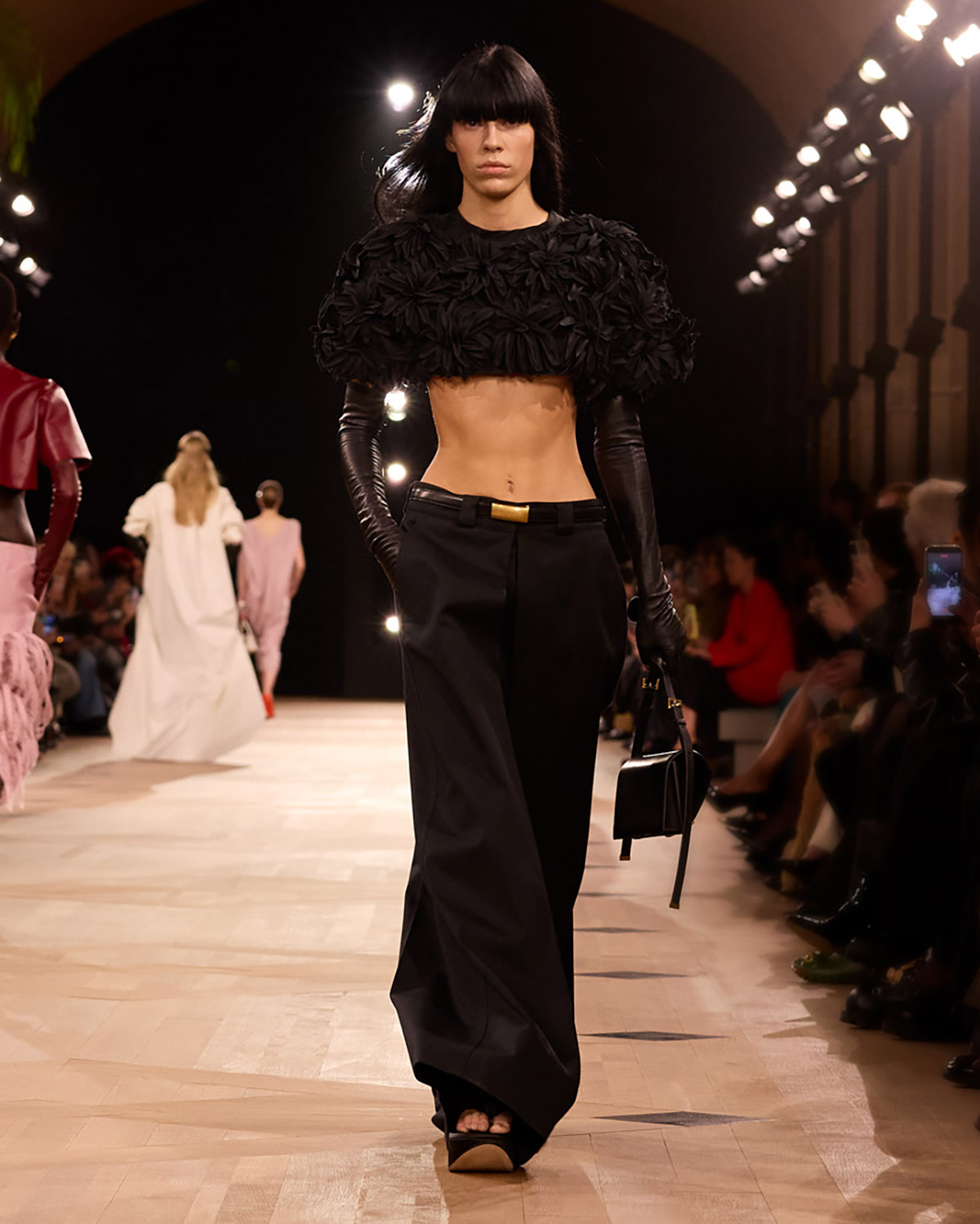
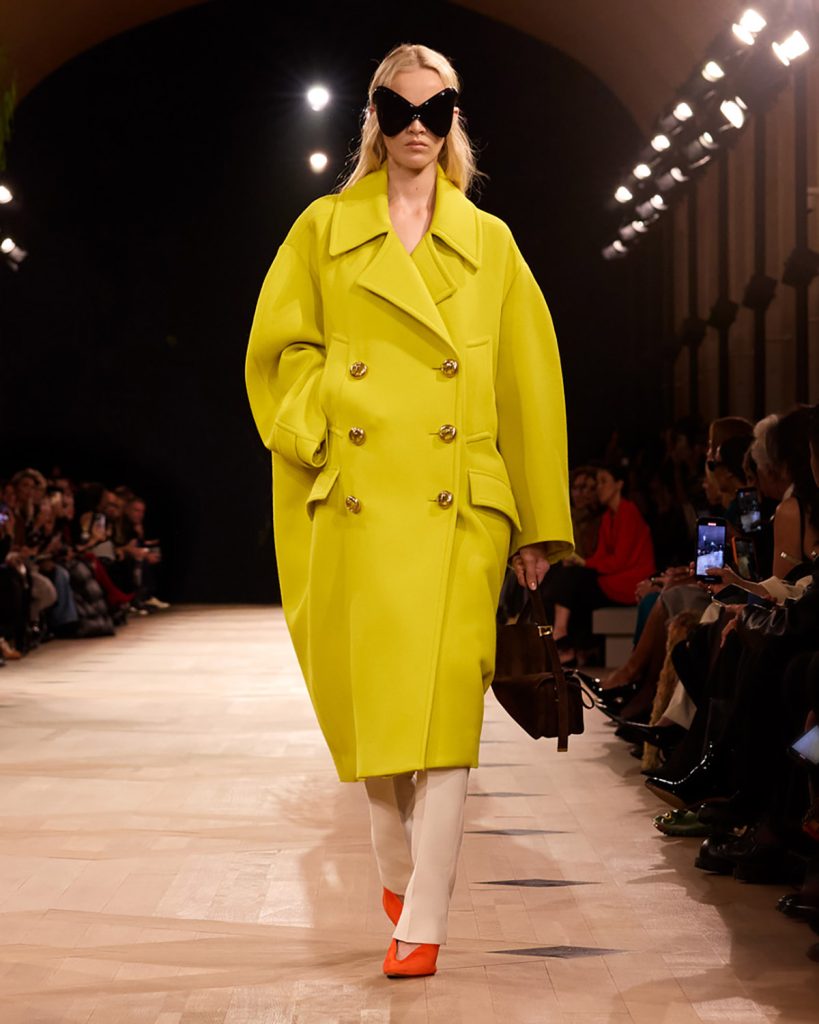
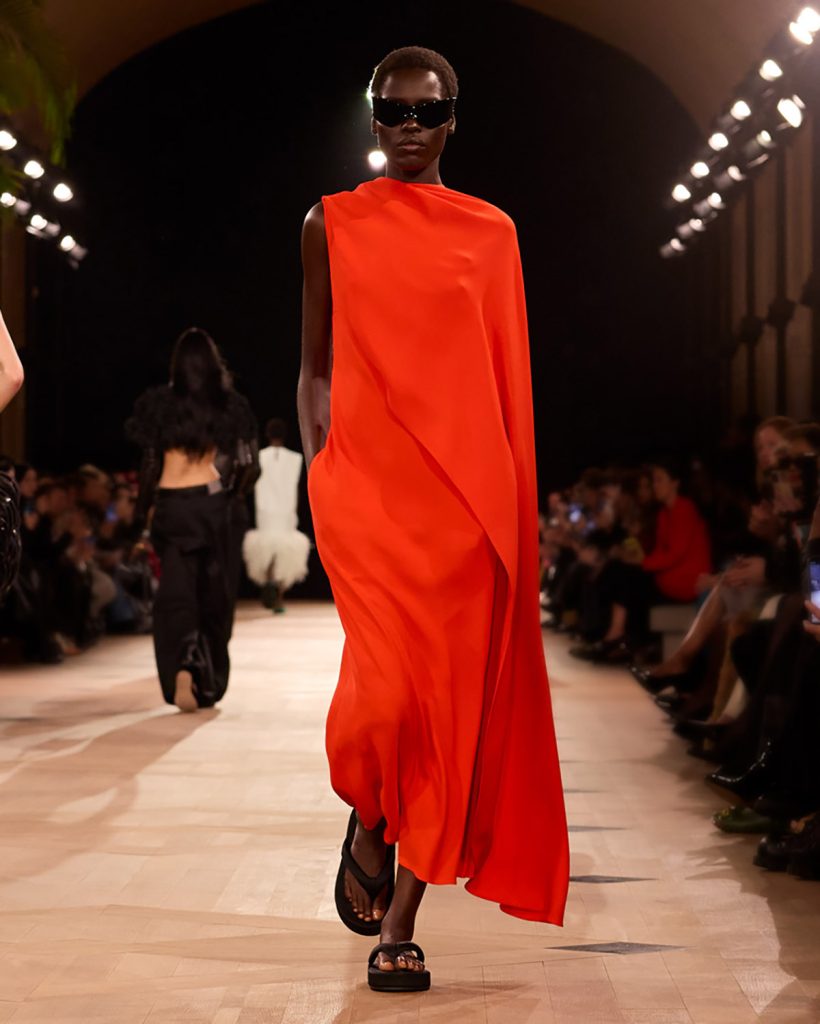
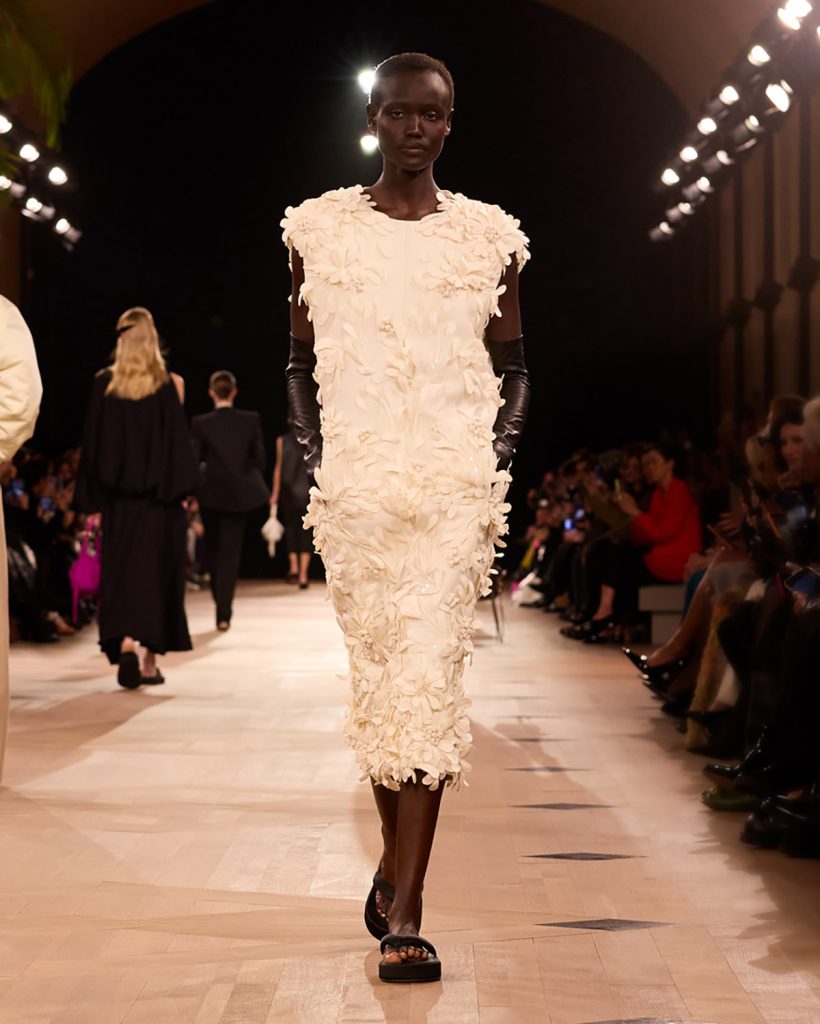
Cristobal Balenciaga placed this dynamic body at the center of his practice. Piccioli honors this by exploring what the house terms the “third dimension” of construction: the air between fabric and form. The resulting silhouettes are sculptural, achieved solely through the precision of the cut. This focus on the space surrounding the body treats the air as if it were an invisible scaffolding, allowing the garments to stand away from the form while remaining intrinsically linked to its dynamism.
The opening sequence was grounded in Balenciaga’s foundational black. Later, however, the runway exploded with his signature, emotionally charged color palette. Bright chartreuse, deep indigo, emerald green, and pink were applied to architectural shapes.
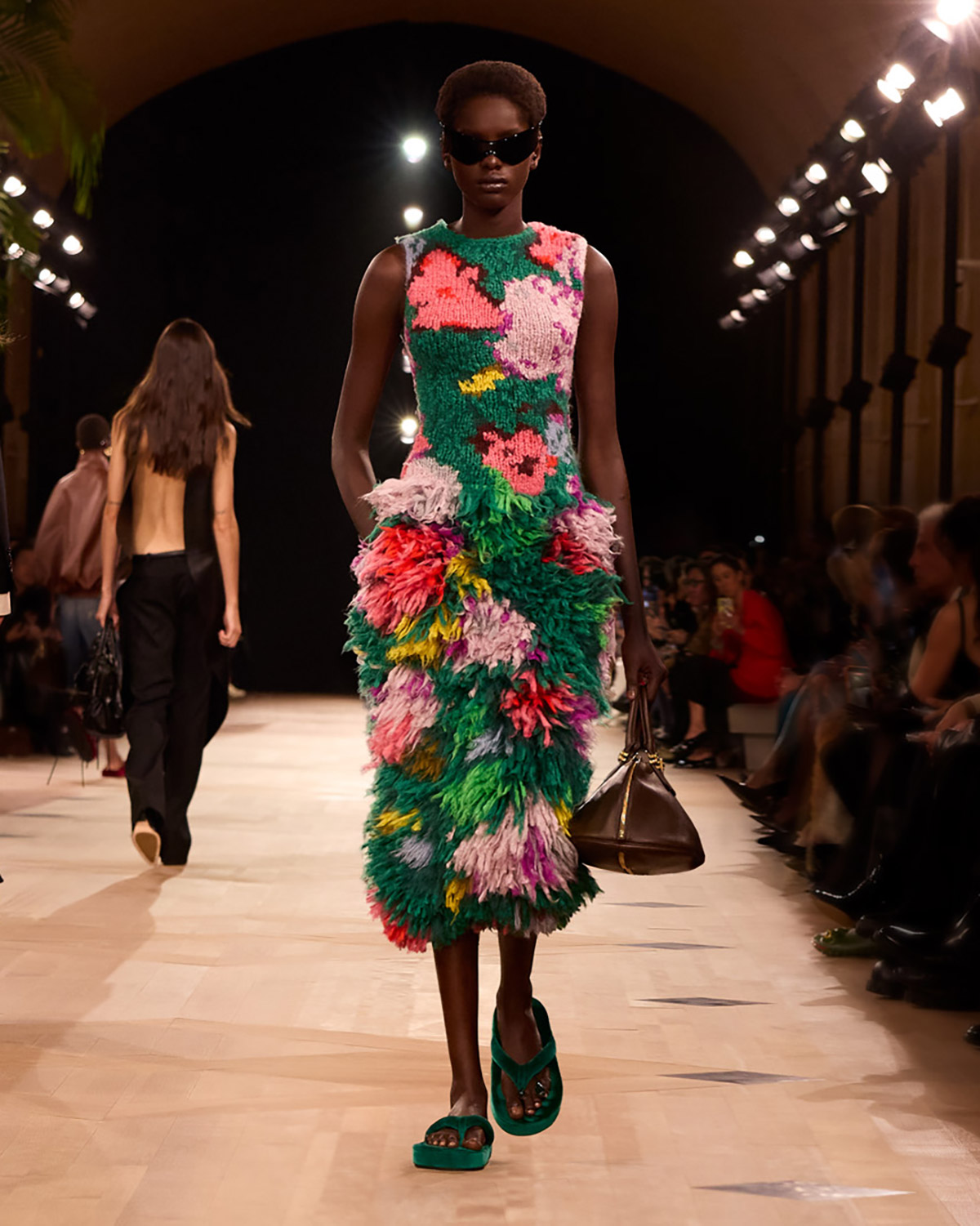
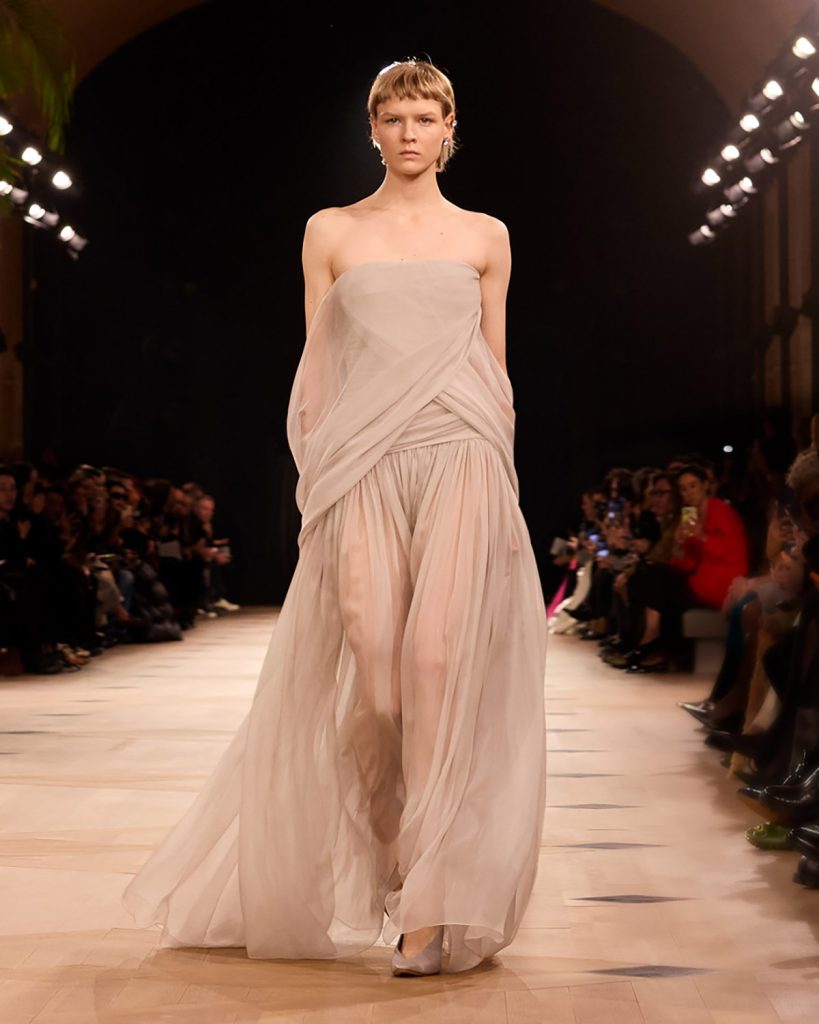
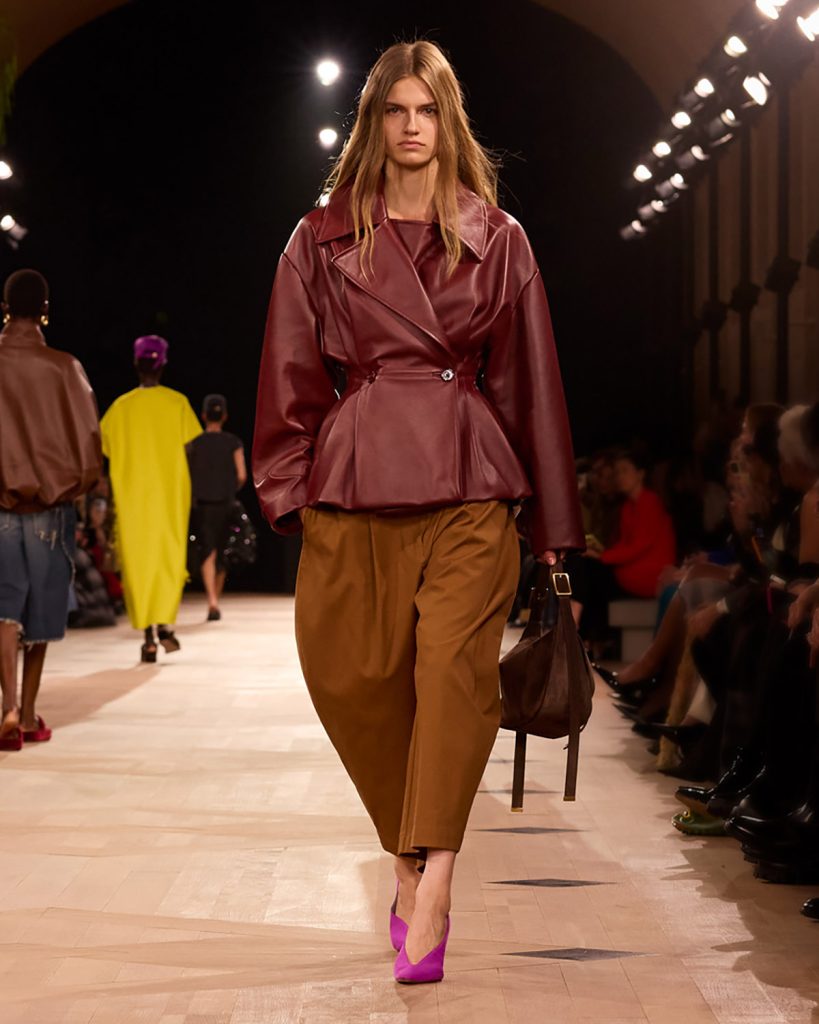
The technical achievement underpinning this vision is the development of Neo Gazar. Inspired by the original textile Cristobal devised in 1958, the new iteration retains the essential properties of the double-face fabric. The outer layer preserves the distinctive gauze effect, characterized by an irregular slubbed warp that creates intentional imperfections and an animated texture, a surface reminiscent of the raw Basque coastline.
Where the original Gazar utilized a pure silk organza for structure, possessing the crispness of fresh parchment, Piccioli’s innovation is the enrichment of this layer with a lamiset weft, a blend of silk and wool. This extra yarn fundamentally alters the fabric’s behavior. It softens the typical crispness, making Neo Gazar less stiff and more tailoring-oriented. It achieves the seemingly paradoxical: maintaining sculptural volume and lightness while introducing a new fluidity.
Piccioli’s debut is a statement of determination. By prioritizing the foundational DNA of the house and translating its complex methodology into a contemporary vocabulary, the collection stands as an assertion of craft in an industry dominated by noise. This wasn’t a reboot, it was a restoration of factory settings.
